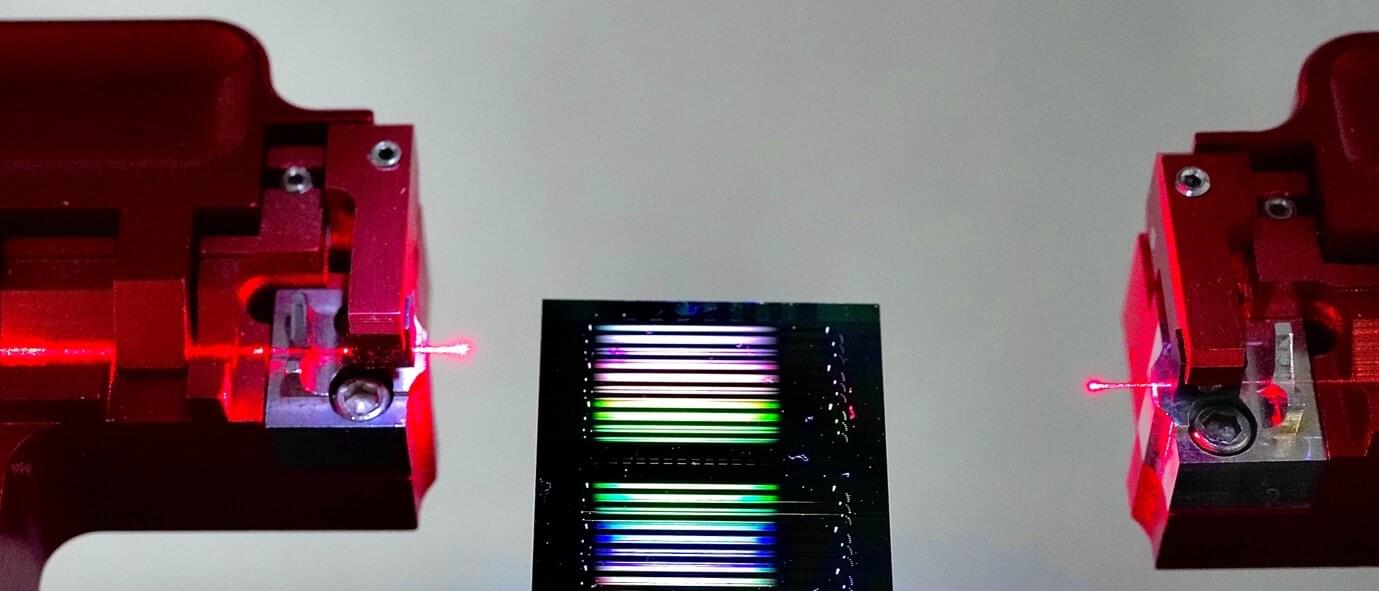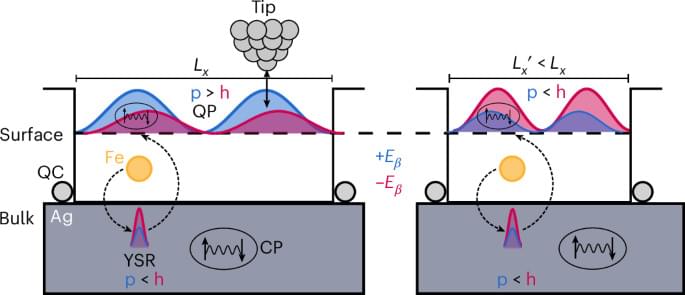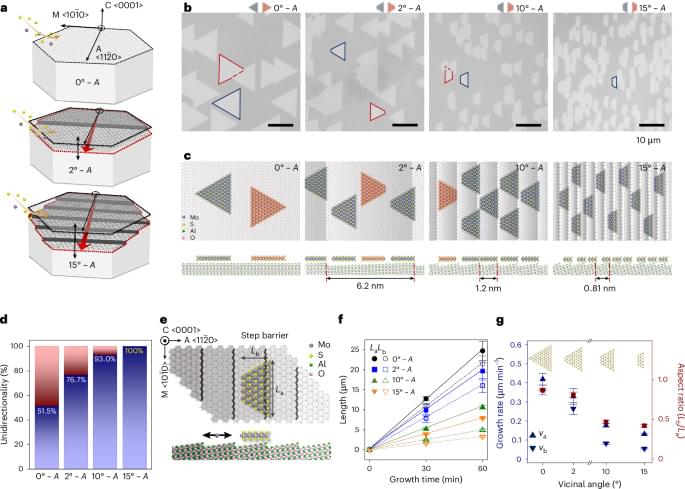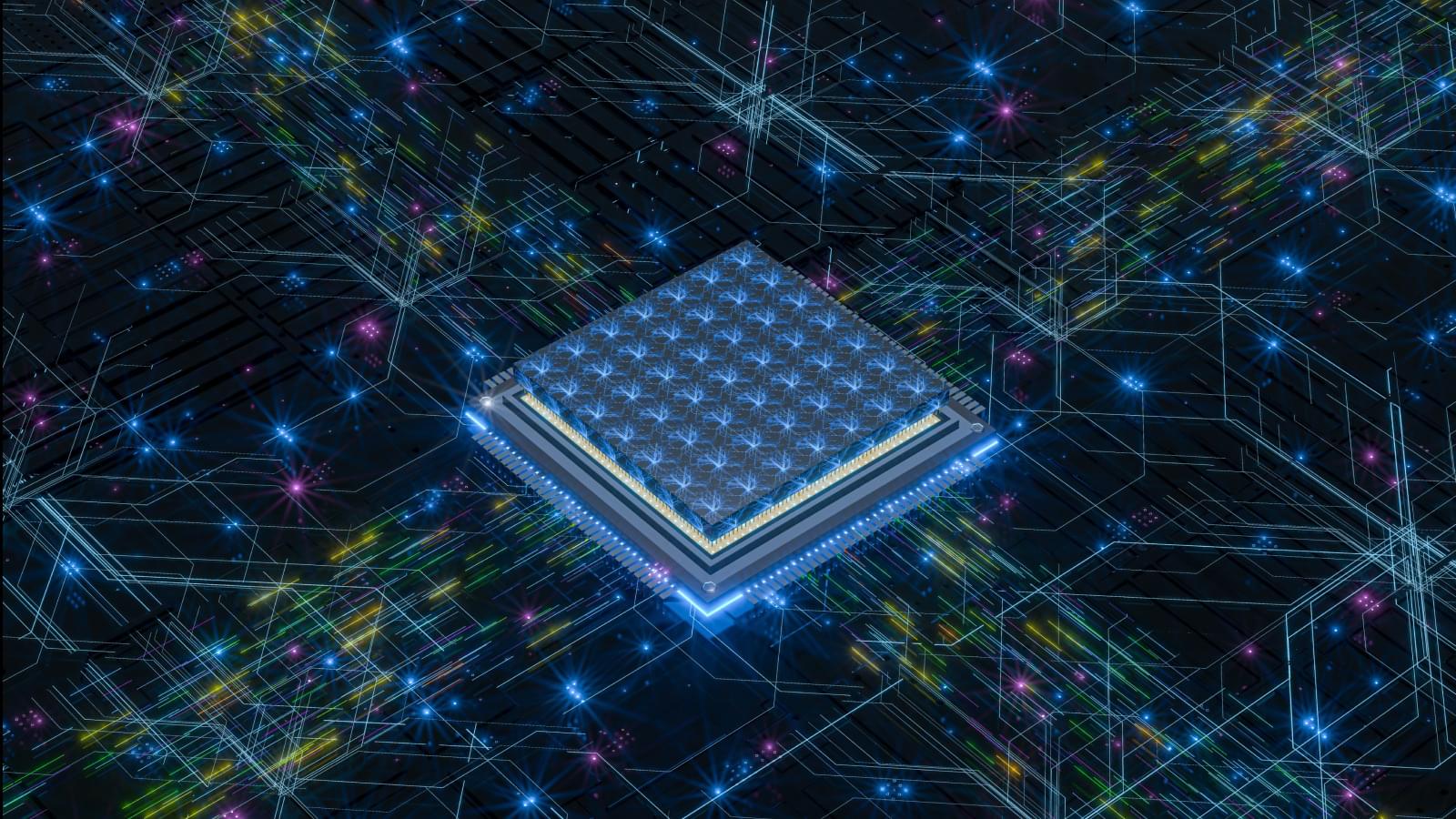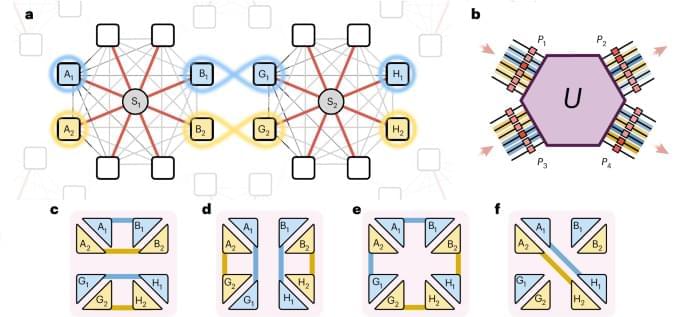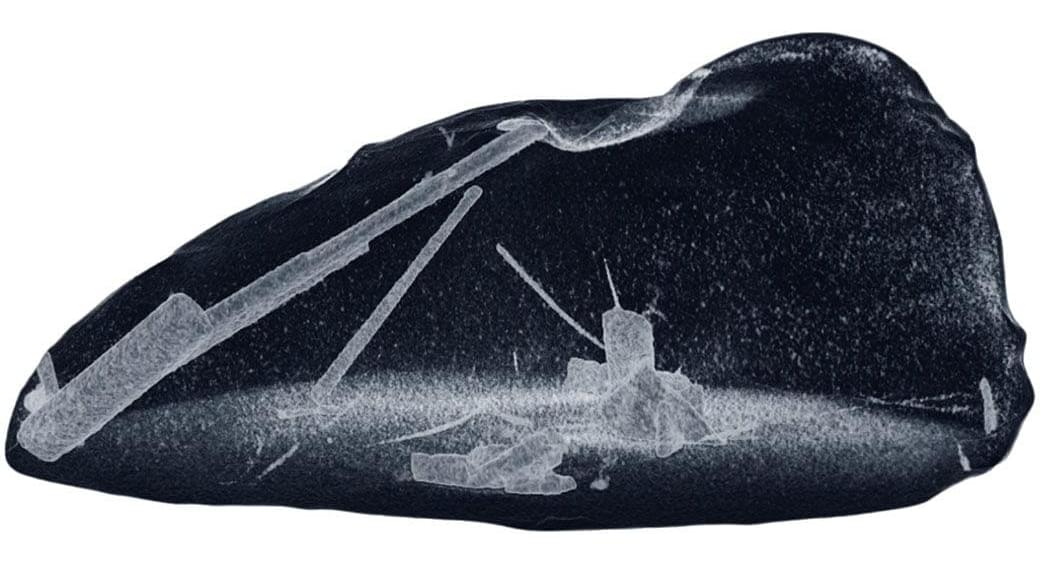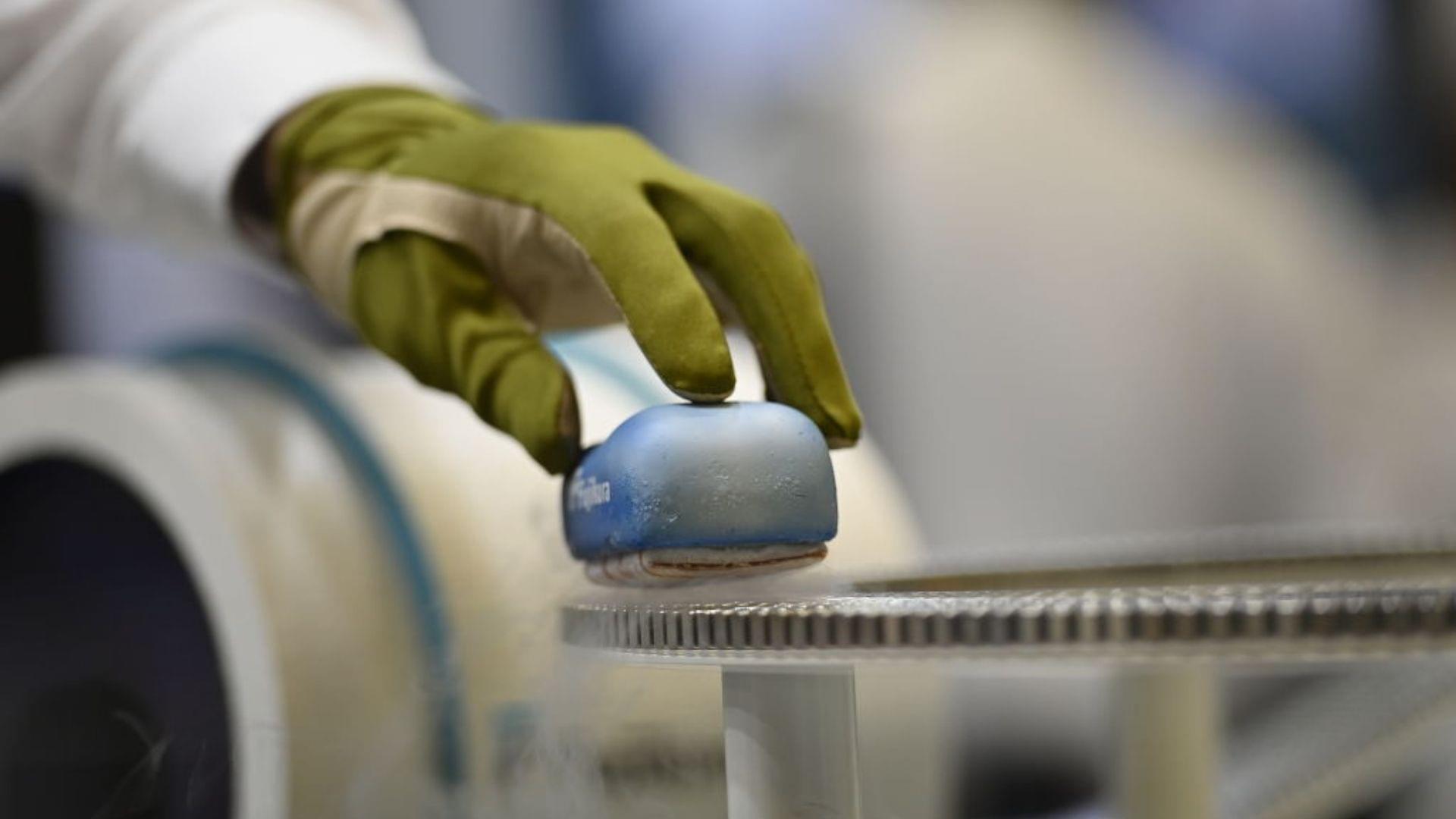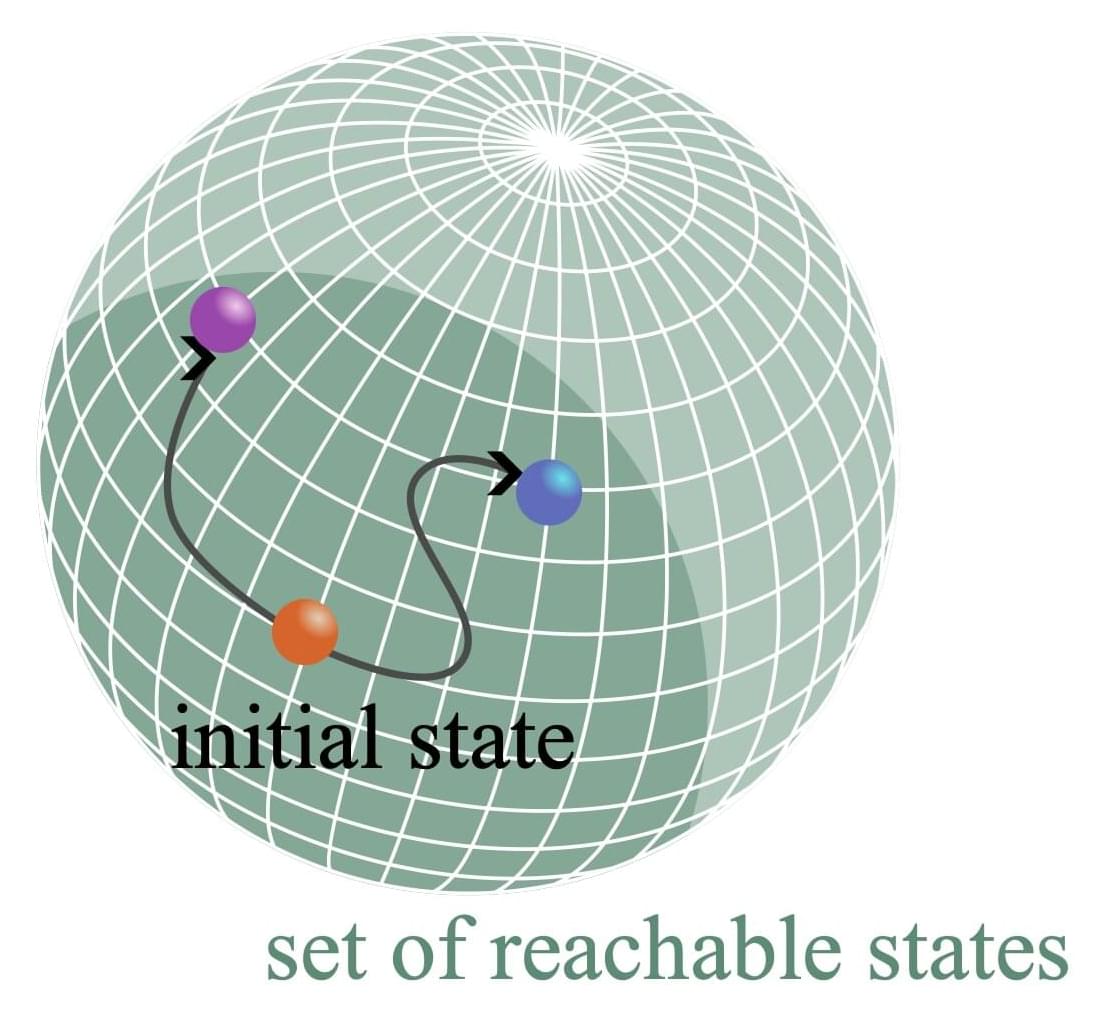Researchers at the University of Sydney have cracked a long-standing problem in microchip-scale lasers by carving tiny “speed bumps” into the devices’ optical cavity in their quest to produce exceptionally “clean” light. This exquisitely narrow spectrum light could be used in future quantum computers, advanced navigation systems, ultra-fast communications networks and precision sensors.
In a new study published in APL Photonics, the team shows how to eliminate a critical source of noise in Brillouin lasers, a special class of light source known for its extraordinary purity, producing an ultranarrow spectrum that is almost a perfect single wavelength (or color) of light.
Light produced from sources like lightbulbs have a broad wavelength spectrum and are fine for everyday use but are too “noisy” for precision scientific purposes, where lasers are needed.
